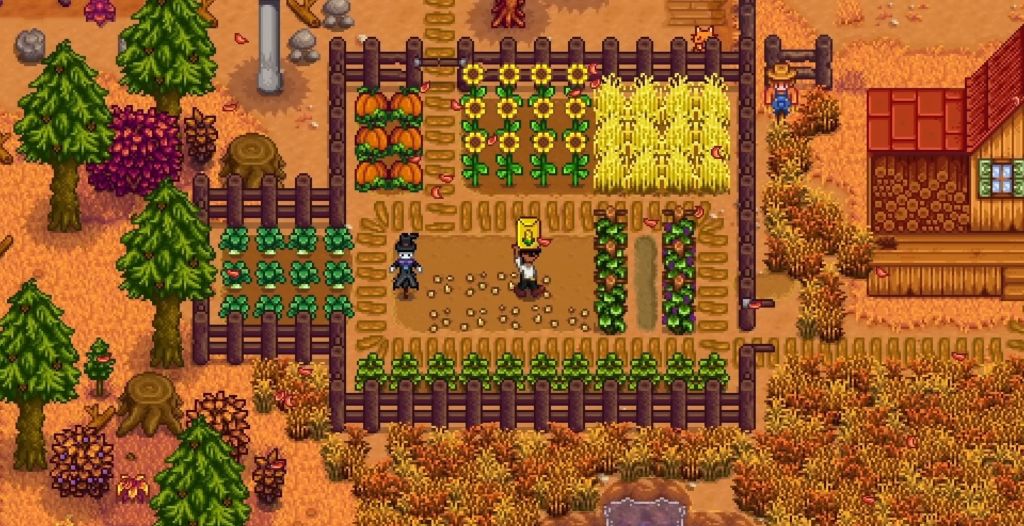Tidying up with Marie Kondo has forced viewers to reevaluate their relationship with their closet.
In the Netflix hit show Kondo’s first step in her five step cleaning process is having people cut back on clothing, getting rid of anything that doesn’t spark joy. Following the guidelines of the Japanese author, likely thousands of viewers have packed up garbage bags full of their unwanted items, hauling the used goods to donation boxes rather than taking them to the landfill. It’s meant an influx of “new” merchandise at Value Village and other secondhand stores, and a renewed interest in the world of buying and selling vintage clothes.
Videos by VICE
“[ Tidying Up has] made people appreciate the value of a special piece, selected with a personal touch,” explains Erica Peck owner of Toronto’s Wildthing Vintage. Peck has been running Wildthing since 2009, counting Feist, Frances Bean Cobain, and HBO among her customers. “I’ve seen people getting rid of bags of modern clothes and taking home one or two vintage treasures in their place. But with Tidying Up some people want these big, fast, returns on their old clothes but it rarely goes that way. You’ve got to balance people’s feelings with the reality of the situation.”
Whether you want to make a quick buck hawking your goods or are attempting to dive head first into the world of gently used attire with your own Etsy shop, vintage has a steep learning curve. Recently Peck walked us through how to get the most out of getting rid of your shit.

Your clothes probably aren’t worth as much as you think
Just because you spent a lot of money on an item once doesn’t mean that item is worth a lot of money now. The world of fast fashion means the quality of garments has gone down considerably, even in the higher end mall brands. Something like Aritzia, Banana Republic or Club Monaco may carry a hefty price tag, but those companies still create their clothes in bulk to fit as many people as possible. Fast fashion isn’t going to have the same staying power as couture and is more beholden to current trends. So that jacket you splurged on four years ago…maybe you only wore it once, maybe it’s even got the tags, but—be honest—does it still look as relevant as when you bought it? To gauge the perspective value of an item Peck uses a technique she’s dubbed fashion math.
“Say a hundred women are going to the mall. Out of those a hundred girls maybe fifty like the same store. Maybe thirty of them like the same style jacket. And fifteen are the same size. Five of those girls might buy the jacket when they see it. That leaves ten girls who still want the jacket and don’t already have it. And those are the people who might by the coat for a reasonable resale price years later. You need someone looking for the coat that got away, in the exact size you have it, in order to get $80 for a piece that was about $120 new.”
Margins and relevancy are things Peck always considers while selecting items for her shop. It’s meant that she’s pushed towards items speciality items, high end goods, and designer labels. It’s also something to consider while trying to consider price points after Kondo-Sizing your life.
Your emotions are valid but they aren’t worth money
On Tidying Up Marie Kondo has people get rid of their sentimental items last. The moments are the emotional crux of the show and give gravitas and relatability to a program that is literally about cleaning your space. Things we have emotional connection to obviously have more value than something you just bought, but that doesn’t mean anyone is going to give you extra cash for your emotions.
“Did Sunt Sheera wear it do your mom’s wedding? I’m sure she looked lovely, and I’m glad you have those memories. but that doesn’t make it any more valuable to someone who doesn’t know who the fuck Aunt Sheera is. If it holds a memory you truly treasure, then keep it, store it, or display it. But don’t expect dollar signs for your memories”

You may be able to get more cash for your items. Getting more takes time and hustle
Say you’re getting rid of a closet full of well made, well put together, stuff. After binge watching Tidying Up you’ve expressed the appropriate amount of gratitude for the things you’ve have developed a new amount of consciousness surrounding space. You recognize that you’re not gonna necessarily going to get the max amount you want for your goods but still want some of the Kondo cash. You’ve got some options.
“How fast do you want those dollars? The faster it goes, the less you get. At the top of the Pyramid we have the slowest method, selling the shit yourself. But it takes time to photograph and measure, list it on whatever platform you choose, arrange a meetup/shipping method, and finally get your money from the customer. This is how you get the best return—it’s probably the best bet for true designer/vintage/one of items—but even if you do all the work that there is no guarantee anyone will want your stuff.”
“When you want it gone but need some money there is your local Buy/Sell/Trade Shop. But did you read about all that work in the sell it yourself section? They’re doing it for you. And paying rent in a storefront. Which means it’ll cost you. Here’s how it works: The staff will sort through each item and only take what is in season and lightly worn. They then price your items, and you get 50% in store credit or 25% in cash (this can vary). It’s….not much. But who knows? Maybe you can use the exchange money to find the jacket that got away.”
“On the opposite end of the spectrum, if you just need the stuff gone, there are literally hundreds of charities and shelters large to small that would love to receive your donations, but even that takes some consideration. Because the last thing the homeless shelter needs in January is a pair of pink flip flops.”
Ask why you’re getting rid of your stuff in the first place
Tidying Up was marketed brilliantly. It was released at a time of year when people are setting resolutions and generally trying to improve themselves. But one thing Peck has seen again and again is people looking for items they gave away too quickly or buying the same types of things only to purge them. It’s not to say you should keep everything, but suddenly having less stuff is not going to make you into a better person. For Peck—like Kondo—the best method for making the most of your space is really considering how you want your life to look and making right choices to make your ideas and your reality as close as possible.

“There’s no shame in your whole fucking closet sparking joy and loving every single thing you own. If there is anything I hope for people it’s that they can find quality things that they can enjoy for a long time. Whatever that is.”
Graham Isador is on twitter. @presgang
Erica Peck and Wildthing Vintage are on Instagram: @wildthingvintage
Sign up for the VICE Canada Newsletter to get the best of VICE Canada delivered to your inbox.
More
From VICE
-

Screenshot: Nicalis, INC. -

(Photo by unomat / Getty Images) -

(Photos by Lake Como Air; Roberto Moiola / Sysaworld via Getty Images) -

Screenshot: ConcernedApe
